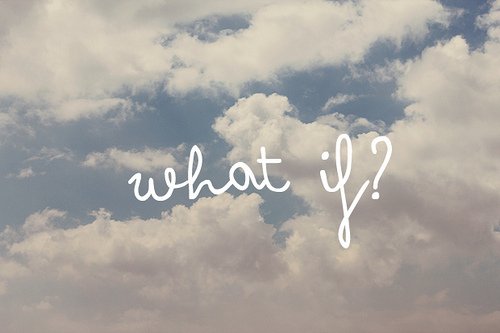Art, and the Mindfulness of Travel
My travel schedule this summer has presented me with the opportunity to add many air miles to my digital wallet. New York. Cincinnati. Montgomery. Paris. Back to New York. Los Angeles. With each trip, I find myself frustrated over the lack of mindfulness that appears to exist within airports, regardless of location. The artist in me, who has studied wayfinding and design thinking, is confident that looking at art solves this problem. Or, at the very least, I would love to think it would solve many issues. People crowding the gate before it's their turn to board, or travelers immediately jumping out of their seats at the ding of the plane being parked- crowding the aisles with their incessant need to get their suitcase as quickly as possible. And the TSA line….always a shit show. I have made an effort to have a pre-check pass that gets logged onto every airline profile. Allowing me the benefit of keeping my shoes on and leaving my computer securely tucked away. Yet, typically several individuals must repack everything for their lack of understanding of the efficiency that this status affords.
I won't get into the horrific design thinking, or lack thereof, on placements of scanning machines for those of us with metal hips and neurotic, shedding dogs. [Side note: despite my bitching about airport chaos, It is worth stating that I understand how fortunate I am to be able to fly. To have the ability to see the world and gain new experiences. As someone who did not get on a plane until the age of 16… bound for Montana in the dead of winter, I still feel giddy with excitement at new adventures and understand the tradeoff of airports and crowds for these journeys to occur.]
During one of my ubiquitous fits of frustration, it occurred to me that looking at more art could encourage more mindfulness in our daily activities. Looking at art, slowing down, and looking to understand, has the power to retrain our brains. We are each on our own hamster wheels – go, go, going non-stop while checking our phones an average of 344 times per day. Spending a few mindful minutes with art allows us to look at details. To see what we might not otherwise consider and to question the specific nuances that get lost when we spend our days in a blur. Examining a work of art invites us to see the differences in colors, textures, tone, and subject matter – if we give the work our full attention.
That same full attention can be transferred to understanding the people and circumstances around us. By taking a moment to consider what is happening to others when we crowd an exit aisle, ignore instruction, or are aloof to the impact our actions have on others. By looking at art, we can potentially make travel and society more efficient if we allow ourselves the time and intention to empathize and consider. During my master's program, studying visual communications and wayfinding, my professor would encourage us to ask "what if" before we declared our projects finished. What if I added one more space? What if the signage doesn't work for a visual person? What if you made this font bold or that letter larger? The possibilities are endless, yet it required us to take a second look and ensure that we were examining all options.
The National Gallery of Art has provided steps to take when looking at art [or, for instance, when you find yourself amid a chaotic airport crowd]:
Close your eyes or lower your gaze and take a deep breath. Keep breathing as you listen to the sounds around you and notice the sensations you feel in your body. Notice your thoughts, and then do your best to set them aside for the moment. Open your eyes slowly.
Take another deep breath as you take in the whole composition of this work of art. As you exhale, let your eyes wander. Notice where your gaze goes first and where it travels from there. When you feel like you've seen everything, look for something you haven't noticed yet. [And then ask, what if?]
Think about or write down ten words or phrases that come to mind as you look at this painting [or the people around you]. Pause, take another look, and then see whether you can come up with ten more. [What do you suppose might be happening in their life? Question whether your actions are making the environment easier or more pleasant for those around you.]
Circle or identify the two or three words or phrases that feel the most relevant at this moment and ask yourself: Why do those seem so important?
Look at the painting [or environment] again. How has it changed since you first saw it? What would you like to keep with you from this experience?
The above exercises assist with improved mindfulness and provide a new perspective for seeing your environment and those around you. Below are tips from Couture Trips on how to be a polite traveler.
Say please and thank you.
Plan ahead.
Wear your mask.
Wait your turn (*note your boarding group before rushing the gate!).
Keep phone conversations private.
Greet your fellow passengers.
Show respect.
Dress appropriately (or hell, just dress comfortably, but please don't go in the bathroom barefoot. Seriously!)
Be respectful of others' personal space.
And to end. A reminder from Ferris Bueller. "Life moves pretty fast. If you don't stop and look around once in a while, you could miss it." And, look at art. Maybe you will find details that encourage a new level of awareness.









